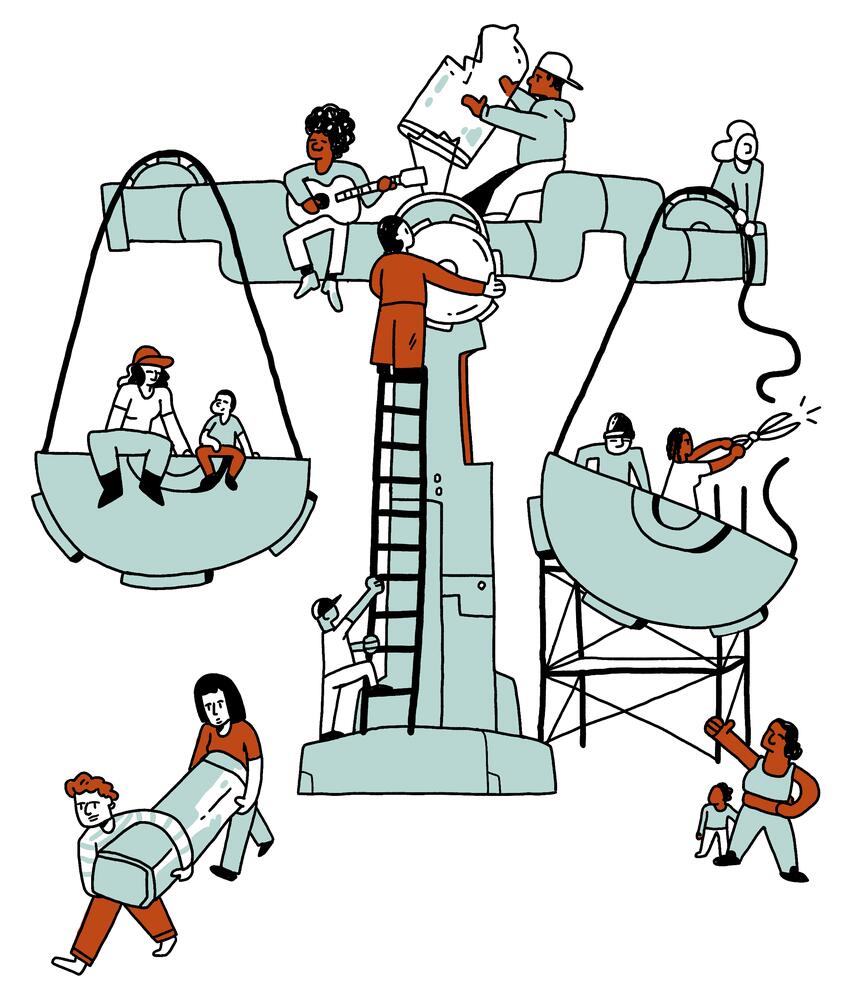Next Steps
Thanks for walking through the path of a case with us. By now we hope it has become more clear that criminal courts serve not only as the pathway from arrest to incarceration, but they are also sites of their own forms of racial, economic, ableist, and gender oppression, control, and exploitation.
While courts exist, they remain sites of contestation. Organizers, community members, people being prosecuted and their loved ones have found ways to intervene at different steps of the case to shift power from the system to people and communities being prosecuted. Court watching, bail funds, cop watching, and defense campaigns are just a few examples. You can learn more in this resource.
The processes, procedures, practices, and court actors that make up criminal court are all interconnected parts of a system that are rooted in and upheld by white supremacy and racial capitalism, and are designed to punish. Tweaks of different aspects—whether procedural reforms or electing progressive prosecutors or judges—will not change what the system was designed to do. Those reforms might alleviate some harm, but the system remains in place, fundamentally unjust and corrupt. If something cannot be fixed, then it must be abolished: what are the things we can do right now to shrink the size, scope, and resources of the criminal punishment system? What are other ways we can evaluate and adjudicate harm currently so we don’t have to rely on the courts? What demands or changes get us closer to a future without courts and prisons and police and social control? Which ones build power and strengthen our abolitionist movements?
- Interested in more analysis about criminal courts? Visit the LEARN page.
- Interested in organizing around criminal court and prison industrial complex (PIC) abolition? Visit the ACT page.
- Interested in alternative ways of adjudicating harm beyond criminal courts? Visit the IMAGINE page.
